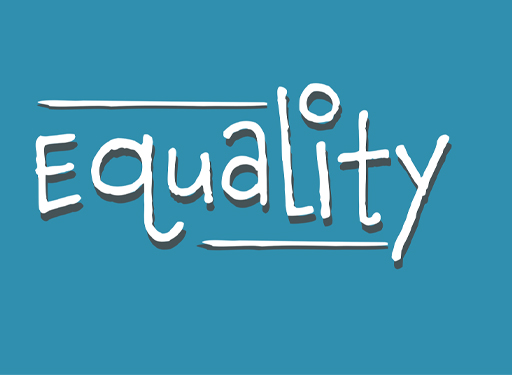1.1 Equality

Equality is considered to mean that everyone irrespective of, for instance, their age, ethnicity, gender and physical ability, has the same access to resources and opportunities. Equality means that a person is not discriminated against because of their characteristics. Many countries have some form of equalities legislation. In the UK, the issue of equality at work is governed by the Equality Act 2010, which is a development of the Equal Pay Act 1970, the Sex Discrimination Act 1975 and the Race Relations Act 1976.
In the UK, implementation of the EqA 2010 is overseen and monitored by the statutory body the Equality and Human Rights Commission (EHRC), established in 2007. Enforcement of this Commission’s mandate varies, but is stronger in the public sector where there is additional legislation (Klarsfeld et al., 2012). Public sector organisations are required to set equality and diversity objectives and monitor progress. Diversity activities receive formal attention in the public sector and consequently are often better resourced and have greater breadth and coverage compared to within the private sector (Tatli et al., 2008); but discrimination still persists (Colley et al., 2021).
The EqA 2010 states that:
The following characteristics are protected characteristics:
- age
- disability
- gender reassignment
- marriage and civil partnership
- pregnancy and maternity
- race
- religion or belief
- sex
- sexual orientation.
Each of these protected characteristics identified in the EqA 2010 has related specific legislation that protects individuals having that characteristic from discrimination. The EqA 2010 provides further guidance and explanation concerning each of these protected characteristics. Finally, it provides for the duties that are required of employers, organisations and institutions, particularly those in the public sector.
Note that the legislation allows for some flexibility of interpretation. There may be individual cases where discrimination against a protected characteristic may be considered to have been proportionate and, on occasion, different protected characteristics may conflict.
